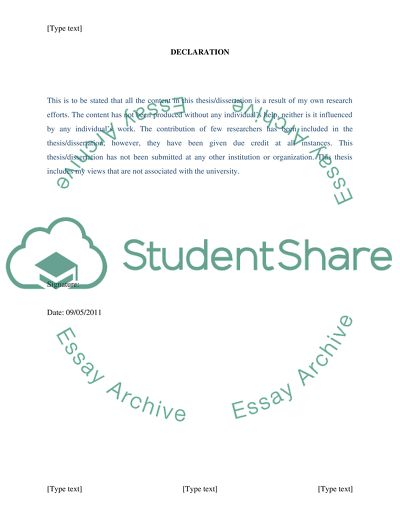Cite this document
(“Best Practices in Human Resource Management Essay”, n.d.)
Retrieved from https://studentshare.org/family-consumer-science/1420717-best-practicesy-in-human-resource-management
Retrieved from https://studentshare.org/family-consumer-science/1420717-best-practicesy-in-human-resource-management
(Best Practices in Human Resource Management Essay)
https://studentshare.org/family-consumer-science/1420717-best-practicesy-in-human-resource-management.
https://studentshare.org/family-consumer-science/1420717-best-practicesy-in-human-resource-management.
“Best Practices in Human Resource Management Essay”, n.d. https://studentshare.org/family-consumer-science/1420717-best-practicesy-in-human-resource-management.


